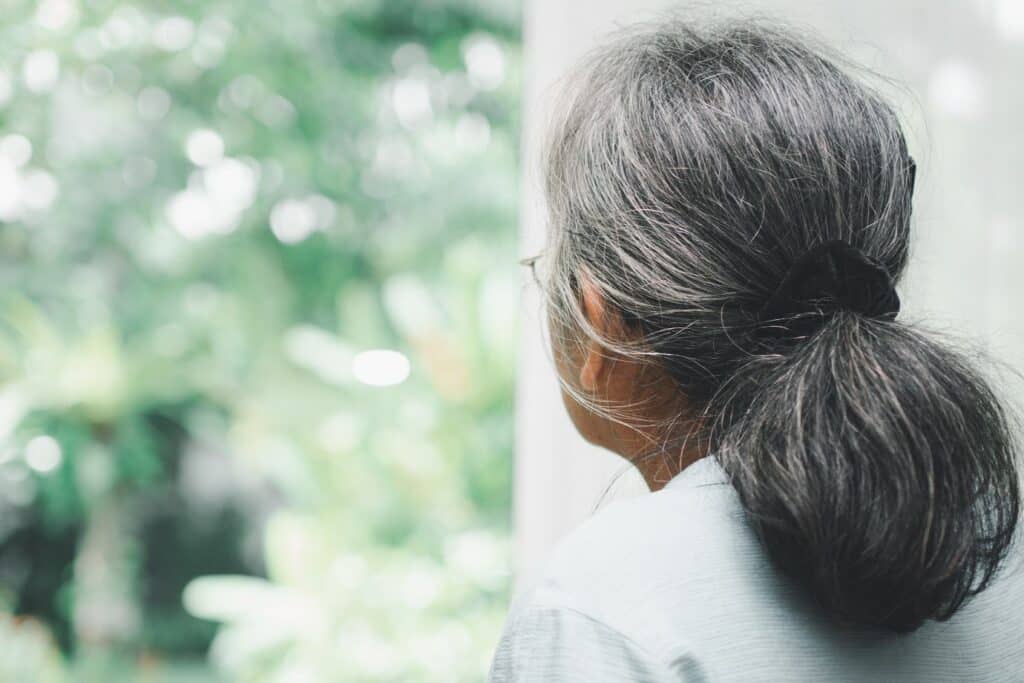Last week, there was public outcry over the unsettling story of a 95-year-old woman with dementia being put into a critical condition after police tasered her at her aged care home in Cooma, New South Wales.
Now, the incident has ignited a conversation around the gendered nature of dementia and dementia care in Australia.
Nearly two-thirds of Australians with dementia are women, and the numbers are only rising– the Australian Institute of Health and Welfare predicts the number of Australians with dementia to more than double by 2058 (533,800 women and 315,500 men).
Dementia is also the leading cause of death for women, according to statistics from Dementia Australia.
With such gendered disparity in the numbers, it’s critical we look deeper into how dementia affects Australian women and whether patients are receiving the support and care services they need.
While there are many different types of dementia– including Alzheimer’s disease, vascular dementia, frontotemporal dementia and Lewy body disease– the broad term encapsulates a loss of memory, intellect, rationality, social skills and physical functioning in people.
Behavioural changes such as agitation, anxiety, aggression, apathy and sleep disturbance can be common symptoms for those living with advanced stages, and there’s currently no cure for the disease.
Head of Clinical Services, Dementia Support Australia & Associate Professor of Psychiatry at Monash University, Steve Macfarlane shared in The Conversation that the symptoms of aggression and agitation in dementia patients are related to three leading factors: Unidentified or under-treated pain, the carer’s approach and over-and under-stimulation.
Macfarlane says in over 50 per cent of the dementia cases seen at Dementia Support Australia, patients get aggressive or agitated because of under-treated pain, and most care staff only receive minimal levels of training in dementia care as part of their basic qualification.
Boredom, loneliness and/or an environment failing to meet the needs of those living with dementia are the cause of these behavioural symptoms in about one quarter of cases that Dementia Support Australia sees.
With a growing ageing population in Australia, aged care has risen as a top national concern.
It’s well known that the care workforce is heavily made up of women, despite a shortage of workers in the sector, and this is particularly evident in aged care.
Just last month, Federal Treasurer Jim Chalmers’ Employment White Paper included a proposal to get more men to join the care sector in an effort to challenge gender stereotypes and address workforce shortages.
And in the Albanese government’s 2023-24 federal budget, there was a 15 per cent pay rise included for aged care workers, the majority of whom are women. The budget committed $11.3 billion over four years to benefit about 250,000 workers who are among the lowest paid in the country.
Nevertheless, there was no specific funding in the budget dedicated to dementia research and how the disease impacts women’s health.
Considering that women are frequently taking on the caring responsibilities of those with dementia as well as being the most affected by the disease itself, that seems to be a critical oversight.


